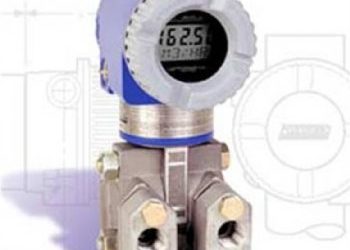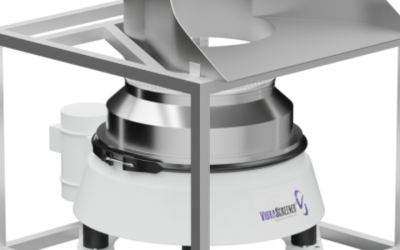In the intricate network of industrial processes where integrity and precision are paramount, the humble pressure transmitter stands as a key player, relaying the vital signs of pressure with unfaltering accuracy. Among the myriad of pressure instruments, the Rosemount pressure transmitter is revered for its reliability and innovation, serving as a linchpin in multiple critical applications globally.
In this comprehensive guide, we will dissect the essential components and working principles of a Rosemount pressure transmitter, elucidate its installation nuances, underscore the cruciality of maintenance and calibration, and finally, showcase its prowess in real-world scenarios.
What Is a Rosemount Pressure Transmitter?
The Rosemount 3051 pressure transmitter, a renowned member of the Emerson family, is more than just a measuring instrument; it’s an emblem of innovation and quality. With a legacy of serving diverse sectors, ranging from pharmaceutical and oil and gas to food and beverage industries, the Rosemount series has earned a reputation for pushing the boundaries of pressure measurement technology.
The Versatility of Rosemount Pressure Transmitters
From withstanding the pressures of deep-sea exploration to regulating the flow in a chocolate manufacturing plant, the Rosemount pressure transmitter adapts seamlessly. Its adaptability is matched only by its precision, which is crucial in maintaining the delicate balance of various industrial processes.
Benefits of Utilizing Rosemount Pressure Transmitters
Unmatched Accuracy and Stability
In high-stakes applications, the significance of precise and enduring measurements cannot be overstated. The Rosemount series excels in this regard, offering stability in outcomes that form the bedrock of trust for engineers and operators alike.
Diagnostics and Smart Functionality
Modern pressure transmitters come equipped with advanced diagnostics and smart features that empower users with insightful data about device health and performance.
Integrating with Asset Management Systems
The ability to seamlessly integrate into broader plant asset management systems is a critical advantage. This integration fosters a more holistic view of the industrial landscape, enabling more informed decisions and comprehensive operational control.


